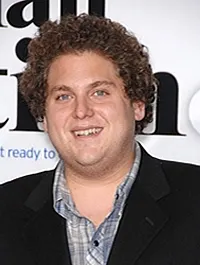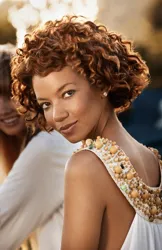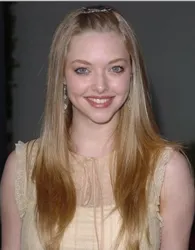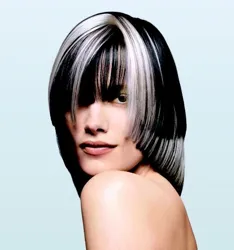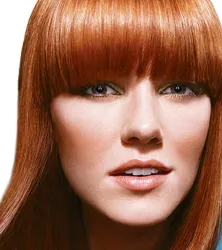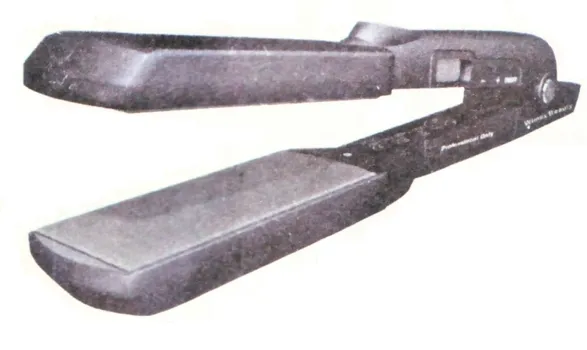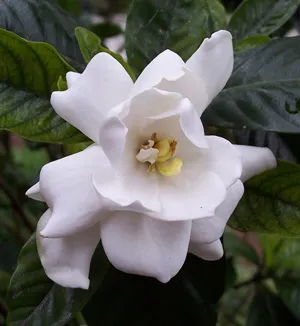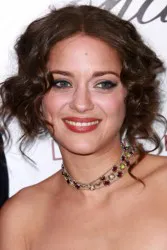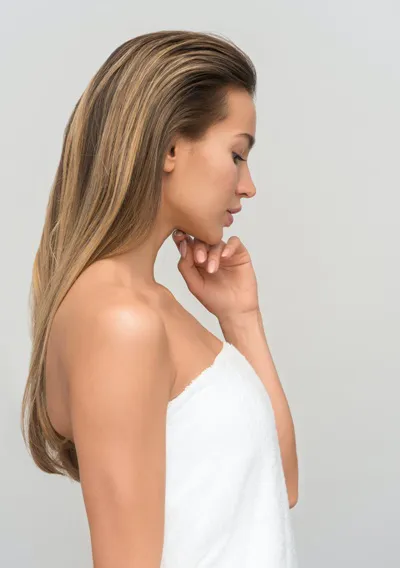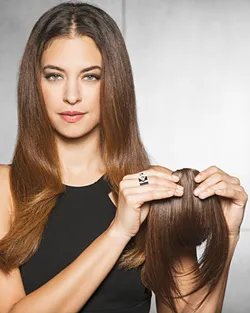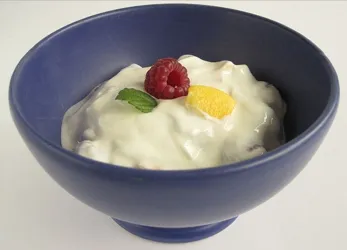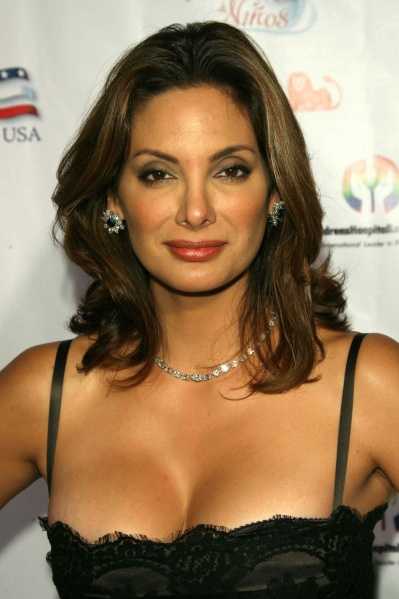
Hair Relaxers And Hair Straightening Advice
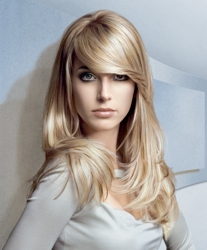 Even if you are a professional hairdresser, some of the various chemical treatments used to alter the texture of curly or wavy hair can be confusing. Although I have taken several classes in both chemical relaxing and straightening, I still continue to learn more tips every single day.
Even if you are a professional hairdresser, some of the various chemical treatments used to alter the texture of curly or wavy hair can be confusing. Although I have taken several classes in both chemical relaxing and straightening, I still continue to learn more tips every single day.
Hair Consumers Performing Hair Relaxer Treatments At Home
While some hair consumers have been relaxing and straightening their hair at home for years, it is not generally recommended. Every situation must be considered on a case by case basis to determine the safety and appropriateness of using any type of relaxing or straightening products at home. Yes, it is done very successfully. Should you do it? Only you can decide.
When in doubt feel free to email me at [email protected] or [email protected] and I will do my best to help answer questions.
Read Instructions, Do Patch Test, Consult With Your Hairdresser
At HairBoutique.com we have had customers for many years who have achieved fantastic results applying the PhytoRelaxers at home. Ditto for the Rusk Relaxers, all three formulas.
One key to successful relaxing is carefully reading all the instructions and always performing a pre-relaxing patch test before you start. For added success discuss your plans with your professional hairdresser in case you need additional advice.
If you wish to relax your hair at home or do the hair of friends and family, as long as you clearly understand the risks of a relaxer gone wrong I don't see why you shouldn't proceed. Especially with today's economic challenges. However, I never recommend someone chemically straighten their own hair. Chemical straighteners introduce a whole new group of risk factors.
Two Basic Chemical Texture Altering Options
When it comes to altering the texture of natural curls and waves it is important to remember there are two basic chemical methods which are:
1. Relaxing (Temporary)
Is there a difference between Chemical Relaxing, Straightening and the new Brazilian treatments? Yes. In some cases, like the Coppola Treatment the Brazilian is termed a Chemical Smoothing Treatment rather than a chemical straightener. Also, the Brazilian straighteners MAY contain different chemical compositions than the previous types of Japanese and similar products.
While Yuko was the original Japanese straightening treatment and is still popular, many variations have emerged since Mrs. Yuko first offered the treatments in California many years ago.
Terminology Of Chemical Relaxers And Straighteners
The many different terms attached to chemical relaxers and straighteners can make anyone's head spin off. As a convenience I have listed some of the more commonly used terms below.
Chemical Care Texture Services - Any chemically based treatment service which ultimately alters the chemical structure of the hair resulting in a temporary or semi-permanent change in the natural curl and/or wave pattern of the hair.
No Base Relaxer - A chemical relaxer treatment which does not require the application of a protective base. These types of relaxers are considered to be the least productive relaxers in terms of altering the texture.
In many cases a No Base Relaxer is used as a simple frizz reducer. The relaxer is applied to eliminate excessive frizz but NOT really alter the wave or curl pattern even though it may soften it a small amount. These types of relaxers are used for hair consumers who want to retain their curls and/or waves but reduce uncontrollable frizz and only slightly loosen their existing curl or wave pattern.
The advantage to a gentle no base relaxer is it's not as chemically damaging and will fall out of the hair quickly.
Metal Based Hydroxide Relaxers
The ionic relaxing compounds are formed by some type of metal ingredient such as sodium, potassium or lithium which is then combined with oxygen and/or hydrogen. Depending on the formulation, these types of relaxers can be gentle or strong.
Hydroxide Relaxers
This group includes all the non-lye relaxers with a 12.5+ ph. These are very effective for extremely curly hair. The non-lye ingredients usually consist of Sodium Hydroxime, Lithium Hydroxide and Potassium Hydroxide.
Guanidine Relaxers
The PhytoSpecific Relaxers (both #1 and #2) fall into this group and are based upon Guanidine Carbonate. They are described as an Egg and Soy "no lye" formulation. They work very well on all types of waves and curls but they are most effective for extremely wavy or moderately curly tresses.
Thio Relaxers
Heavy duty relaxers which generally have a ph above 10 and a higher concentration of thio-glycloculate. Although it is NEVER advised to apply a relaxer on top of already relaxed hair, it is NEVER okay to apply a Thio Relaxer on top of hair relaxed with Guadidine Carbonate.
Chemical Straighteners
Chemical hair straightening is another animal and I never recommend any hair consumer pursue this type of straightening on their own. Generally speaking while all chemically straightening systems usually involve the application of chemicals to break the natural curl and wave bonds they utilize different chemical cocktails.
Ultimately what separates thermal reconditioning (chemical straightening) from all types of relaxing is a key step between the breakdown of the disulfide bonds and their neutralization. Hot flat irons are used to press the hair cuticle into its most solid state. In that state the hair is reformed by the same neutralizing steps leaving a shinier, smaller, softer strand than with any other types of chemical reformulations.
Pros And Cons
There are many pros and cons to both chemical relaxing and chemical straightening. When in doubt do your homework and don't rush into anything.
A reputable expert in hair relaxing and hair straightening will refuse to treat your hair until they have studied it and performed a complete case study. Be honest with your chemical hair expert because the only person hurt if there is extreme damage due to undisclosed prior treatments is you.
One difference between chemical hair relaxing and straightening is the durability of the results. Relaxing may only last several weeks while straightening will last until the roots start to grow back in with the original hair texture. Also, relaxing tends to be less dramatic and there is less risk of permanent curl pattern change. Finally, chemically straighening may in some cases be more damaging then relaxing.
All of these factors must be weighed carefully.
Best Candidates For Chemical Straightening
The absolute best candidates are those with virgin hair, which means no prior chemical treatments including color, perm, relaxing or related. If hair has been colored previously it may still be a candidate and can be spot straightened. This depends on the skillset of the hair expert and ultimate straightening goals.
Summary
Chemical relaxing and straightening continues to be a hot hair service in today's economy for a number of reasons including less use of blow dryers, styling products and easier maintenance (according to some fans). Is it right for you and your hair? Be sure to get the straight scoop before you decide.
More Information
Please follow us on Twitter at http://twitter.com/HairBoutique
Social Media Network Information
Please follow us on Twitter at: https://Twitter.com/HairBoutique. I look forward to meeting new people from all walks of Twitter and learning from their Tweets.


